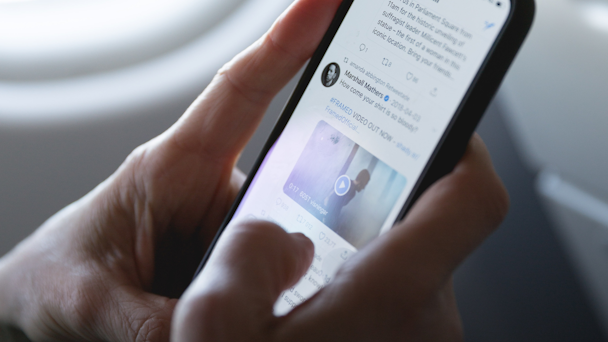For Twitter users and brands, it’s not about $8 a month – it’s about access to information
Musk’s latest move is (blue) ticking off brands and users, writes The Social Element’s Amy Gilbert.

The paid-for blue tick could spell doom for the platform / Marten Bjork
As Elon Musk’s first act as Chief Twit, he’s decided to charge users for verification. Yes, charging for the legendary blue checkmark will bring in dollars – and Musk is a businessman, after all.
But the move would be a flat-out disaster for brands and users alike – leaving brands open to impersonation and potentially consumers confused about whether messages are true or not. And in a world where dubitable information seems to proliferate a tad too easily, why risk adding fuel to the fire?
All this is to say that monetizing the checkmark system is a big mistake. Total mistake. Could-ruin-Twitter-beyond-repair sort of mistake.
Here are five reasons why he should double back now, given how important this platform is in facilitating engagement with consumers and driving sales:
1. Compromised security and legitimacy
For starters, moving verification to a paid subscription model defeats the point of verification. The system was instituted to signal to users that people are who they say they are, or are otherwise a trusted or recognized user in some way.
Removing this added layer of security could create a nightmare for brands, given that this channel in particular tends to experience a lot of customer complaints.
Another consideration: if the blue checkmark is available to everyone for a price, what’s the point in having it? Users ultimately lose credibility for having one in the first place.
Advertisement
2. Customer service woes abound
Secondly, Twitter has established itself as the platform for customer service – why interfere with that?
Allowing anyone to become verified in some capacity – including as brand names or divisions – can impact businesses’ ability to actually address consumer issues in a timely fashion.
There’s an (admittedly funny) trend where content creators make account names close to brand names and then address irate, often deranged customer replies. It makes for good internet humor, and some have actually managed to become a helpful nuisance to brands as they’re often able to take on some bigot-fueled conversations that are incredibly difficult to navigate. But if these creators are now perceived as the real brand – courtesy of paid-for-verification – real brands could face a handful of new challenges.
Advertisement
3. A setback for creators and communities
Opening verification won’t help Twitter’s cause to keep creators on its platform.
With social media competition at an all-time high, requiring all verified users to pay for that status seems counterintuitive. Most social networks are doing the opposite (like TikTok’s creator fund) – focusing on proactively finding ways to incentivize people to stay on their platform, rather than invest solely in bringing new users on.
It would seem that Musk is using his new role to tout freedom and equality while incentivizing the opposite. By charging users recurring fees for verification, he’s creating a barrier to entry for some.
At the same time, various reports have suggested that the use of derogatory language and hate speech has increased in recent weeks, correlating with Musk’s stated goals of inviting more free speech to the platform. Keep in mind that Twitter is first and foremost a community – how can a community thrive in the midst of malice and misinformation?
Suggested newsletters for you
4. Real-time information will find a new home
For better or for worse, Twitter is also the platform where people come to discuss and share in real-time.
While Meta, YouTube and even Pinterest are chasing TikTok in hopes of cashing in on the virality of short-form video, no platform has truly captured real-time information-sharing in a community- and user-friendly way in the same way that Twitter has. When something happens – positive or negative, anywhere around the world – people check Twitter to see what’s being reported and shared.
With new barriers to entry for verification and other platform changes coming down the pipeline, users are spooked. Many are already fleeing to other social apps such as Mastodon in an effort to recreate the feel of Twitter sans Musk. A loss in users and engagement could ultimately compromise Twitter’s role as the go-to platform for real-time news and information.
5. Fewer audience insights
Lastly, from a marketer’s perspective, any drop in Twitter usage is a big loss.
In addition to facilitating direct communication with consumers, Twitter is also the platform that has had the most open API to enable social listening. Social listening helps marketers fully understand consumers, their views of a brand’s products and ultimately the world in a different way.
If Twitter sees a sustained drop in usage, marketers would lose out on some of that connection and audience understanding.
Amy Gilbert is head of social at The Social Element.
